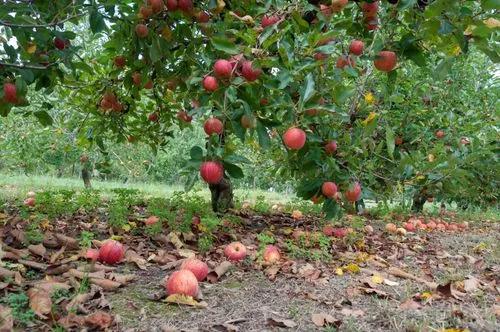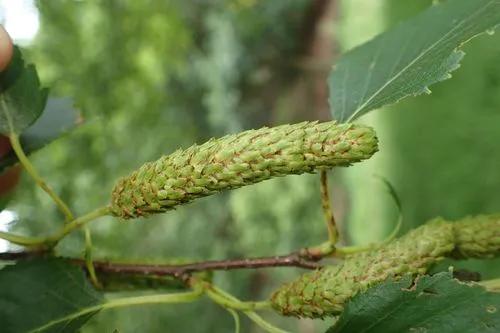The Pinophyta, also known as Coniferophyta or Coniferae, or commonly as conifers, are a division of vascular land plants containing a single class, Pinopsida. They are gymnosperms, cone-bearing seed plants. All extant conifers are perennial woody plants with secondary growth. The great majority are trees, though a few are shrubs. Examples include cedars, Douglas firs, cypresses, firs, junipers, kauri, larches, pines, hemlocks, redwoods, spruces, and yews. As of 1998, the division Pinophyta was estimated to contain eight families, 68 genera, and 629 living species. Although the total number of species is relatively small, conifers are ecologically important. They are the dominant plants over large areas of land, most notably the taiga of the Northern Hemisphere, but also in similar cool climates in mountains further south. Boreal conifers have many wintertime adaptations. The narrow conical shape of northern conifers, and their downward-drooping limbs, help them shed snow. Many of them seasonally alter their biochemistry to make them more resistant to freezing. While tropical rainforests have more biodiversity and turnover, the immense conifer forests of the world represent the largest terrestrial carbon sink. Conifers are of great economic value for softwood lumber and paper production.
Coniferae Care
Pinophyta



How to Care for the Plant

Water

It is especially important to water the conifer trees when they are young or when the weather turns extremely hot and dry. Conifers need an inch of water each week that it does not rain for the first year after planting. Do not wait for the trees to show signs of drought, because by that time conifers are dying.

Pruning

Cryptomeria is unique in that its branches and trunk, when severely cut back, will re-row a sprout from the cut. They need not be pruned except to control the shape and size but are very resilient to pruning so do not be afraid to prune as you desire.

Fertilizer

Conifers are not heavy feeders and need only an annual application of a general, complete garden fertilizer such as 10-10-10 or 16-8-8, or a top dressing of well-rotted manure. It is best to fertilize in the early spring before the plants break dormancy, or in late fall before the soil freezes.

Additional

These plants can be highly toxic and have been implicated in human and animal poisonings.

Popularity

5 people already have this plant 3 people have added this plant to their wishlists
Discover more plants with the list below
Popular articles






